Magic is due for some large shakeups in the coming months. ONE added a new bit of text to rule 205.2a: “The card types are…, battle,...”. The last time we saw a new card type was the Dungeons of AFR, but even those cards weren’t ‘playable’ in the traditional sense. Instead cards interacted with them, while the dungeons themselves were not game objects. But these changes aren’t just localized to cards or mechanics, Wizards has stated repeatedly that they expect the future of Magic to change narratively as well. Externally of the Magic world and rules, there have been shifts such as the dissolving of silver borders and the emergence of Universes Beyond products.
This period of transition and change for the game isn’t entirely unbased, however, and can be compared to a similar period in the history of Magic: The Gathering.
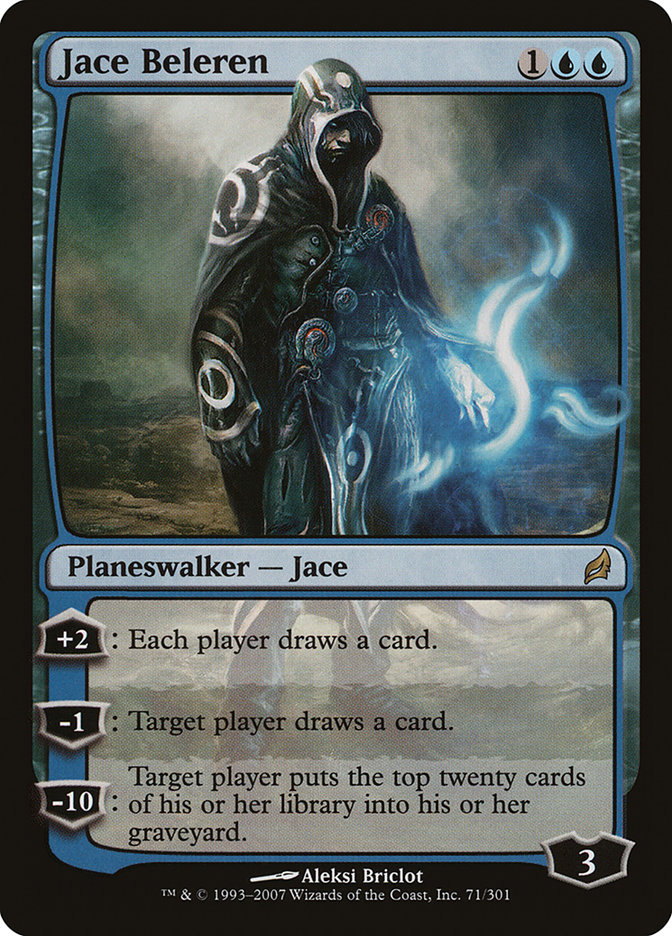
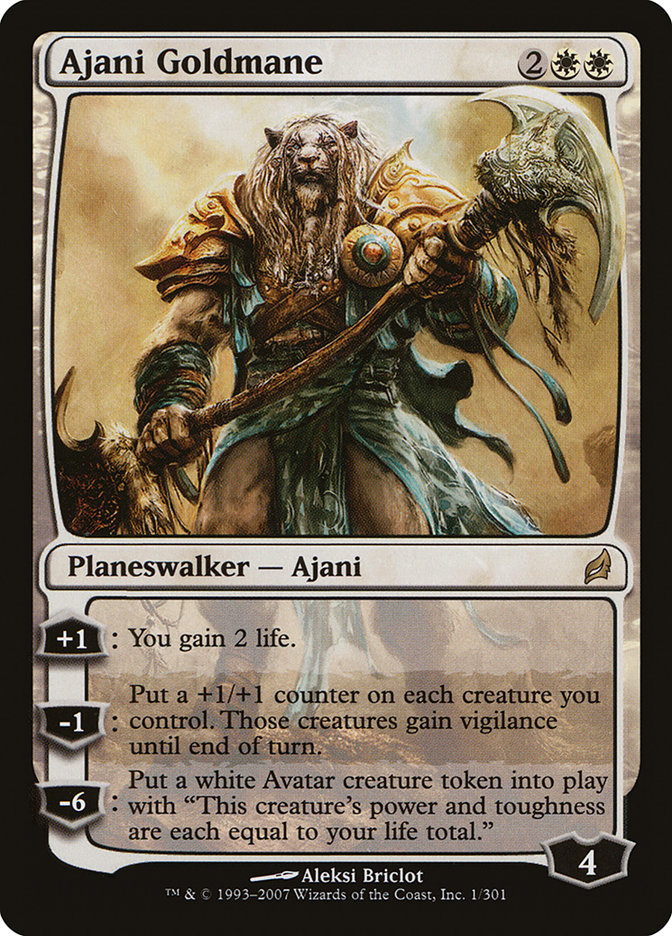
The set is Lorwyn, and the year is 2007. Spoiler season isn’t instant and constant, and the new planeswalkers are starting to circulate. Besides there being a confusion about how a planeswalker works, the community is split on whether or not these new cards will break balance, be utterly useless, or fall somewhere in between. With the luxury of retrospect, the planeswalkers would wax and wane between sets, always being powerful, but rarely in a warping sense. Many would be relegated to Modern finishers, or EDH value trains. But, there was one interesting change that planeswalkers brought- The Legend rule previously prevented multiple planeswalkers of the same name from appearing. There’s plenty of baggage that the Legend rule comes with, but when the rule only checked a Planeswalkers’ card name, this opened up many new possibilities with the cards. New card types entering Magic mean that we have a new lens to view prior mechanics and interactions. While the modern release schedule means seeing more mechanics and keywords than ever before, the Battle card type will probably bring some restructuring to the comprehensive rules we know now. Perhaps we’ll see non-object cards receive their own official designation.
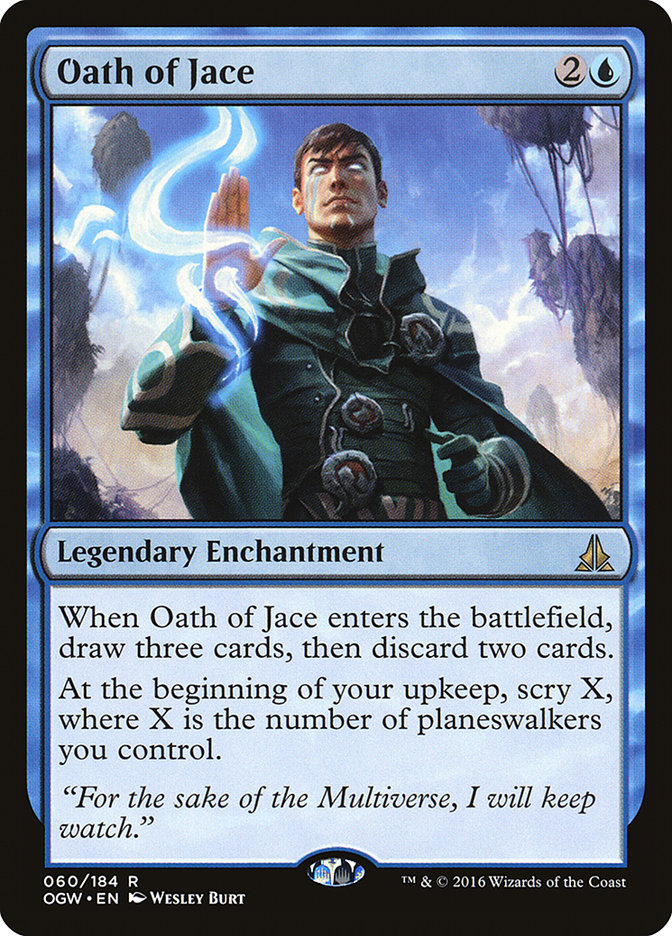
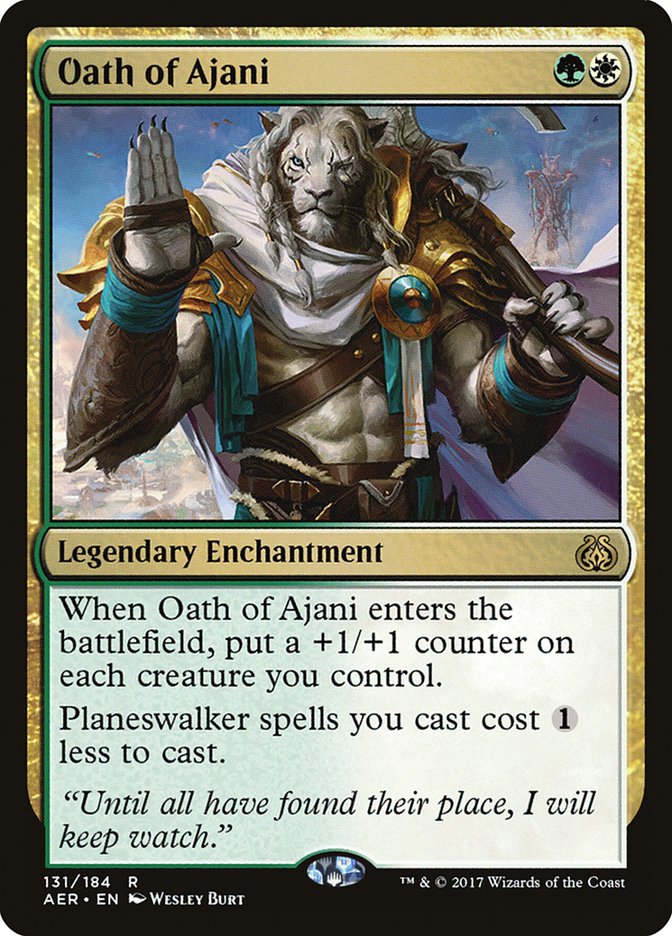
Planeswalkers didn’t only change the mechanics of Magic, but also ushered in a new era of Magic storytelling. While we have been hopping around the planes of magic for a few years now, the planeswalker card type codified these powerful characters into a mechanical representation. As such, many of their exploits, behaviors, and powers were reflected in the play pieces we would use in all forms of decks. This really signaled the shift of the meta-narative of Magic from a gameplay example: previously, the players were Planeswalkers, with the cards representing spells that we sling in duels against other Planeswalkers. As the interior narrative of MtG began to follow the exploits of planeswalkers inside the story, the players became more spectators. We because an audience watching these colorful characters act out grand narratives, which is the important distinction: by removing the player from the game world, the cards become windows into a divorced narrative that enable different stories to be told. Post-Lorwyn also led to the formation of the Gatewatch, and the death of the older, more sporadic Magic story. Rather than sets and blocks following stories only on one plane, such as Ice Age on Dominaria or the Khans block on Tarkir, blocks would follow which protagonists were on the plane that the current block is settled on. This too, would change and die out as blocks were discontinued, and instead now each story is connected together but is wholly separate.
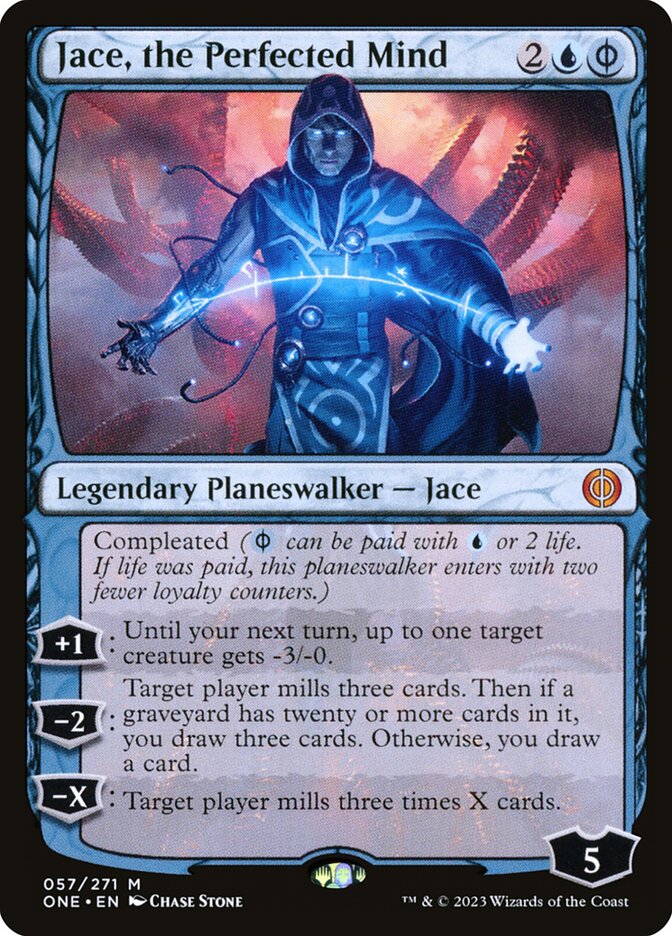
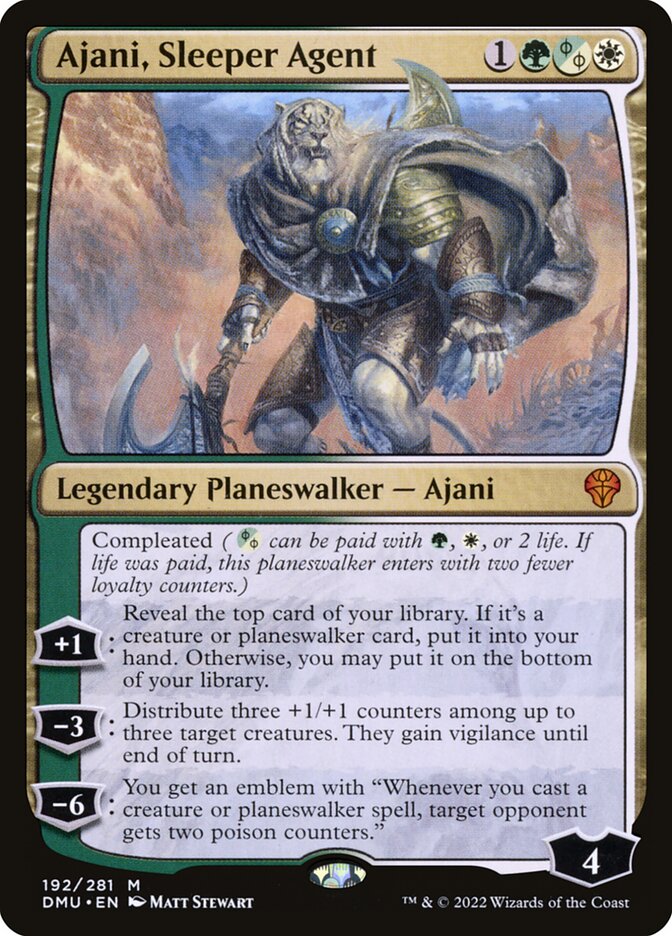
The dissolution of the block structure also indicates a bigger shift from Wizards, as the owners of the Magic IP. In the waning years of Lorwyn, we saw Magic change to its current form through the dissolution of lore in books, a shift to how Magic was marketed, and a change in release schedule. Slowly, we ramped up from a set number of standard sets per year, and a handful of supplemental sets, to the rapid release schedules of today. While in the past Hasbro and WotC were not vocal about the changes to MtG, they are crystal clear now: Wizards themselves want the entire Phyrexian saga to change Magic for good. Now, Wizards is seeking to change Magic again, and I think the Battle card type is our introduction to this. It remains to be seen what changes we’ll see from R&D, Wizards, and the Art teams in the months after March of the Machines: Aftermath. However, with the success of the Phyrexian saga, it’s easy to say I’m optimistic. Besides: something kills Magic every year, and nothing has stuck yet.










